Expanding development space for rural enterprises
Dong Nai currently has 63 planned industrial clusters with an area of over 3,701 hectares, of which 17 clusters have come into operation with 235 registered projects (166 projects are in operation), contributing stably to the industrial production value of the whole province. Notably, 10 industrial clusters have invested in centralized wastewater treatment systems, significantly reducing the pressure on environmental pollution.
Of the 24 established industrial clusters, 12 have basically completed their technical infrastructure and are qualified to receive businesses for production. In addition, 4 clusters have been allocated and leased land to develop infrastructure, creating a ready supply of land for the accelerated phase of attracting investment.
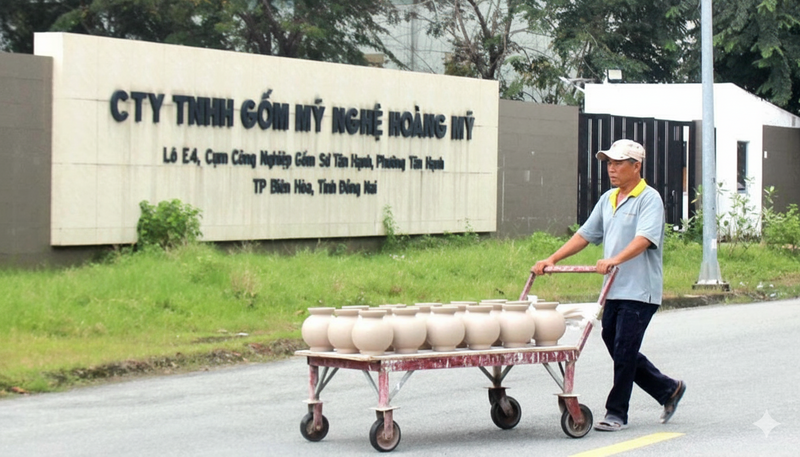
Dong Nai currently has 63 planned industrial clusters. Illustrative photo
According to the assessment of the Department of Industry and Trade of Dong Nai, it is worth mentioning that industrial clusters become the optimal solution for small and medium enterprises, especially rural industrial enterprises that have difficulty accessing large-scale industrial land at high costs. When arranging small-scale production facilities in residential areas into industrial clusters, the environment is better controlled, and urban areas have more land to develop services and trade.
Not only that, industrial clusters also create a network of links between enterprises in production and product consumption, forming a supply chain to support large industrial zones which are the strengths of Dong Nai. Thanks to that, the province's industrial growth rate continues to be maintained stably and spread widely.
From a social perspective, industrial clusters are a “pedestal” to solve local employment, especially in rural areas. In Phu Cuong industrial cluster alone, 6 secondary projects have created jobs for more than 5,000 local workers, most of whom are unskilled workers. This is the driving force to increase income and shift the labor structure in a positive direction.
Thus, it can be seen that for Dong Nai, industrial clusters are not only production places, but also tools to regulate urban development space and improve people's quality of life.
Piloting the construction of a green industrial cluster model
Despite its important role, the development of industrial clusters in Dong Nai still faces many obstacles, especially in the selection of technical infrastructure investors. Regulations under Decree 32/2024/ND-CP are not yet fully consistent with the Law on Investment, Land and Bidding, causing confusion in local implementation. This prolongs the progress and reduces the attractiveness of investment in industrial clusters.
In addition, the province has assigned the construction of a pilot green industrial cluster model at Quang Trung 1, Quang Trung 2 and Hang Gon industrial clusters. However, up to now, there has been no specific guidance on the criteria for recognizing green industrial clusters, supporting industrial clusters or ecological industrial clusters. Meanwhile, the requirements for sustainable development and cleaner production are becoming mandatory standards.
Land fund issue is also a big bottleneck in districts with high population density or where land prices are increasing rapidly due to urbanization. Increasing land clearance costs have made many infrastructure investors hesitant to get involved.
Faced with this situation, the representative of the Department of Industry and Trade of Dong Nai proposed that the Ministry of Industry and Trade take the lead in reviewing and amending the inconsistent regulations, ensuring legal consistency, so that localities have enough tools to quickly implement industrial cluster infrastructure projects. At the same time, soon issue a set of criteria for developing efficient and environmentally friendly industrial clusters, as a basis for replicating the green industrial cluster model.
Completing the legal corridor will create conditions for Dong Nai to attract capable investors with advanced technology, thereby forming industrial clusters with a modern, environmentally friendly orientation and higher added value.
Dong Nai Department of Industry and Trade affirmed that when the mechanism bottlenecks are removed, the industrial cluster will continue to promote its role as a driving force for local industrial and handicraft development, contributing to the realization of the province's industrialization and modernization goals.
Not only providing premises for production, industrial clusters are becoming a pillar to ensure social security, attract investment and develop urban areas. With the determination of the locality and timely support from the Central Government, Dong Nai's industrial cluster system has enough conditions to make a breakthrough, towards a green - linked - sustainable industrial cluster model, continuing to affirm its position as a leading industrial locomotive in the South in the new development stage.
In Dong Nai province, there are currently 63 planned industrial clusters with an area of 3,701.96 hectares; of which 17 clusters are in operation with a total area of 1,113.18 hectares, currently there are 235 projects registered in the clusters (of which 166 projects have come into operation); 10 industrial clusters have built centralized wastewater treatment systems.
Source: https://congthuong.vn/cum-cong-nghiep-mat-xich-quan-trong-thuc-day-doanh-nghiep-nho-va-vua-phat-trien-430798.html






![[Photo] General Secretary To Lam and National Assembly Chairman Tran Thanh Man attend the 80th Anniversary of the Traditional Day of the Vietnamese Inspection Sector](https://vphoto.vietnam.vn/thumb/1200x675/vietnam/resource/IMAGE/2025/11/17/1763356362984_a2-bnd-7940-3561-jpg.webp)


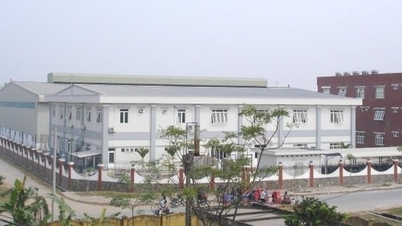

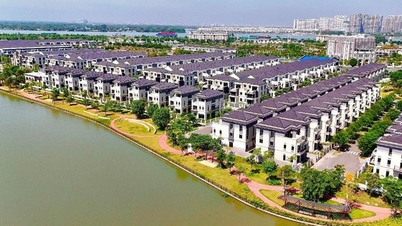

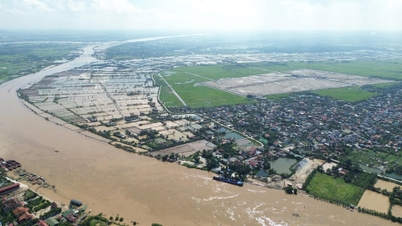



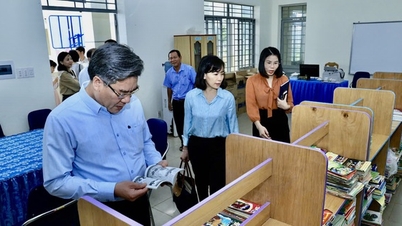
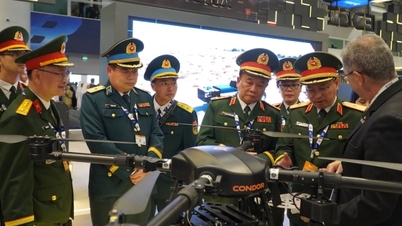
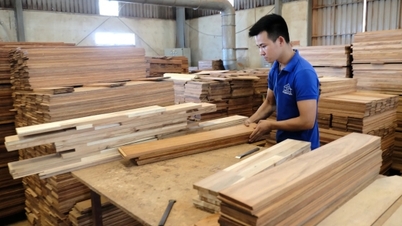
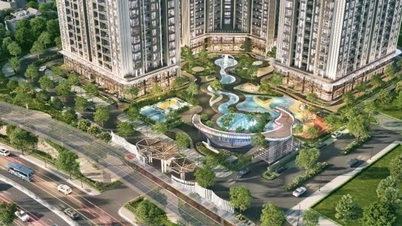

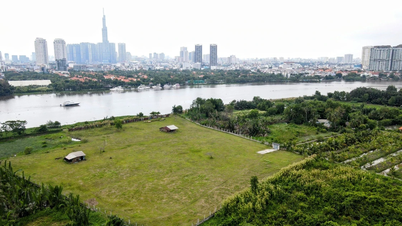







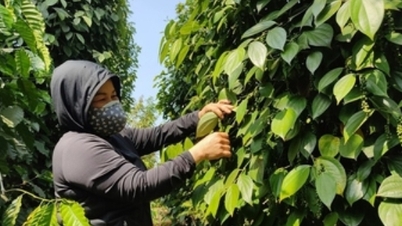

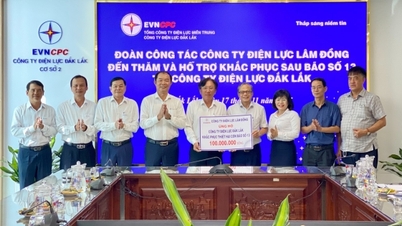
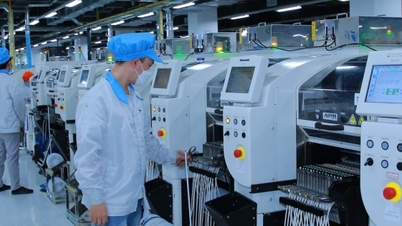
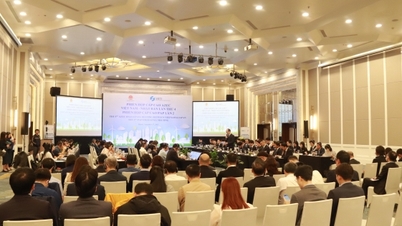




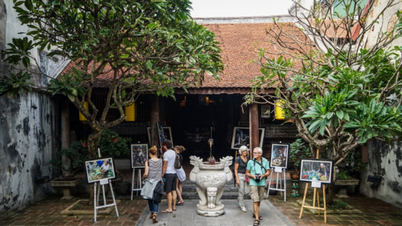

















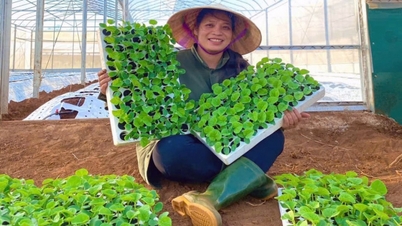


















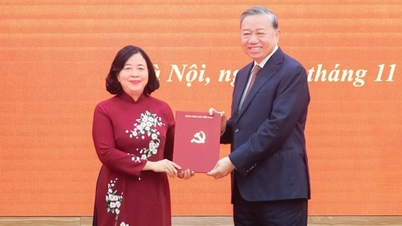


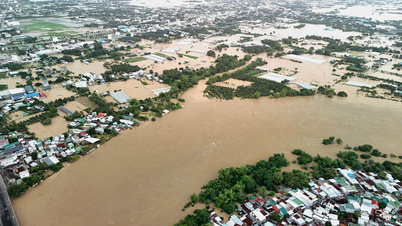









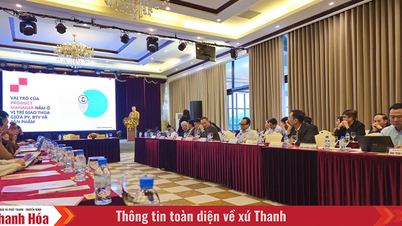






















Comment (0)